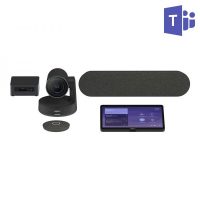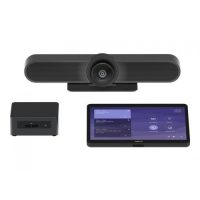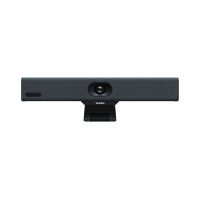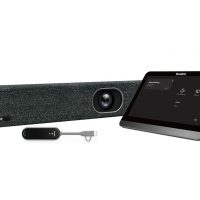- Telephones
- Headsets
- Conferencing
- Home Working
- VoIP
- Hosted PBX
- 2-Way Radio
- Assistance Products
- Buyers’ Guides
- Best Video Conferencing for Meeting Rooms in 2023
- Buyers’ Guide to Wireless Video Conferencing
- The Best Microsoft Teams Rooms Systems in 2023
- Featured Product – Jabra Speak2 Speakerphone
- Ipevo Totem – New Budget Friendly, Portable Video Conference Cameras
- ICS Retail Headsets
- Buyers’ Guide to VoIP Gateways
- Doro New Release – Three New Feature Phones
- Best Headset for Working From Home for 2022
- The Best Home Telephones For Older People
- Best Desktop Conference Phones in 2023
- Best Wireless Headsets For The Office in 2022
- New Product – HiHo Lingo Plus Language Translator
- Buyers’ Guide to Headset Training Products
- Brands
Read our Buyers’ Guide to Video Conferencing Solutions for Meeting Rooms where we also review our top 5 products.

























